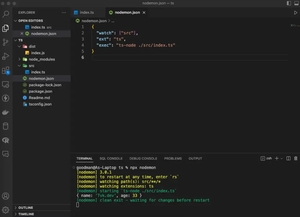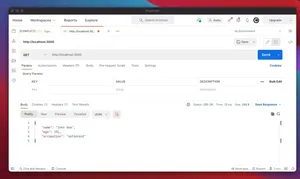Introduction
Sequelize is an Object-Relational Mapping (ORM) library for Node.js that allows developers to write robust and scalable database code with ease. One common requirement when working with databases is the ability to control the selection of fields retrieved from a query. This capability is essential for optimizing data load, increasing the efficiency of data transfer, and securing sensitive information. In this guide, we’ll explore how to use Sequelize to exclude specific fields from the results of a query.
Basic Usage with the attributes Option
const users = await User.findAll({
attributes: { exclude: ['password'] }
});
The code above is an illustrative example of how to exclude a field (in this case, ‘password’) when retrieving all user records from the database.
Excluding Fields in Associations
const usersWithPosts = await User.findAll({
include: [{
model: Post,
attributes: { exclude: ['content'] }
}]
});
Here we demonstrate how to exclude fields from associated models, such as excluding the ‘content’ field from posts when retrieving users.
Dynamic Field Exclusion Based on Conditions
const users = await User.findAll({
attributes: (user) => user.isAdmin ? { exclude: ['password'] } : { exclude: ['password', 'email'] }
});
In this advanced example, we conditionally exclude fields based on properties of the user instance. This showcases the flexibility of Sequelize in adjusting query results dynamically.
Utilizing Raw SQLQueries for Field Exclusion
const [results, metadata] = await sequelize.query('SELECT id, username FROM Users');
For scenarios where more control is required, executing raw SQL queries through Sequelize allows for full customization of the selected fields.
Conclusion
This tutorial covered several ways to exclude fields from query results in Sequelize.js, ranging from straightforward options for simple use cases to more sophisticated techniques for complex scenarios. Mastering these methods can greatly optimize your application’s database interactions and enhance data security.

